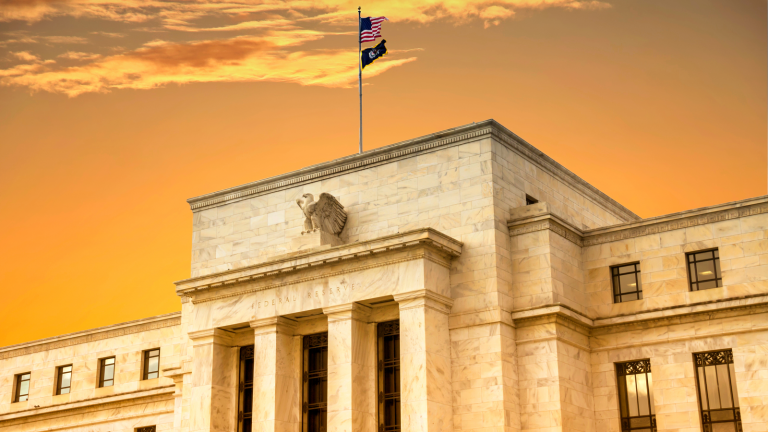The Federal Reserve, also referred to as the Fed, is not just the central bank of the U.S. It also guides the path of the economy through one major role: providing financial stability. A strong economy needs regulation, supervision and monitoring. Oftentimes, tough decisions to be made that do not apply only to the banking system, but to the broader economy. The Fed has been both popular and unpopular based on its decisions, but the truth is, its role is important. It is too hard to have all financial market participants happy at the same time. If one thing characterizes the Fed, it is that its decisions are somehow both bold and predictable, as there is a constant channel of communication with investors and the investment community.
In 2022, the Federal Reserve began a shift in its monetary policy from zero-level interest rates to rising interest rates. This has caused a lot of discussions about whether this is the right path to control inflation. I argue that right now, the Federal Reserve is doing exactly what its key role requires.
Five Key Functions
The Federal Reserve has five key functions. It “conducts the nation’s monetary policy, […] promotes the stability of the financial system, […] promotes the safety and soundness of individual financial institutions, […] fosters payment and settlement system safety and efficiency, […] and promotes consumer protection and community development.”
All these functions are equally important. However, if its role could be summarized in two words, they would be “financial stability.” Additionally, another main goal of the Fed is to promote maximum employment.
Importance of Financial and Monetary Stability
A strong and growing economy needs to be safe, reliable and stable. The Federal Reserve constantly monitors economic conditions. This year, its role is to bring inflation down from historic highs above 8% to its well-known target of 2%. It is certainly not an easy task. The only way for the Federal Reserve to control inflation is via a powerful “weapon” called monetary policy. By making money more expensive as the interest rates rise, the Fed is trying to right the imbalance between supply and demand. It must promote consumer protection as one of its five key functions.
Some key highlights you should know about the Federal Reserve is that it is independent. It has three entities: The Board of Governors, the Federal Reserve Banks, and the Federal Open Market Committee.
Its website is full of important information that every analyst, economist, and consumer will find extremely useful. Additionally, the Fed controls the supply of money in the U.S. The funds it receives come from its own investments, such as income from U.S. Treasury notes.
Effect of the Federal Reserve on the Stock Market
The Federal Reserve has a large impact on all financial markets, stocks, bonds, and currencies. It is notable that while the Fed is supervising and regulating the financial system in the U.S., mistakes happen from time to time and they are big. For instance, the mortgage crisis in 2008 was important and showed that the Fed was too late to intervene and avoid a global economic crisis. This raises the question about whether the Fed should be proactive or reactive.
The answer is that it should be both. It must find a balance between being active and not just passive when it comes to monitoring economic conditions.
The inflation and growth concerns that now exist for the U.S. economy have made the Federal Reserve unpopular to investors, as it has raised interest rates and will continue to do so until inflation returns to a normal target of 2%. However, the Federal Reserve does not interfere directly in the stock market. Its comments on growth, stability, unemployment, wages, labor market, and inflation make the stock market move since it is a part of the broader economy.
A misconception is that the Federal Reserve may push the U.S. economy intentionally into a recession by raising the interest rates. Jerome Powell, the Fed Chairman, has stated that this is not the intention of the Fed. The Fed is independent of government.
The U.S. dollar is also affected by the decisions made by the Fed. The rising interest rates support an appreciation of the dollar versus other currencies, while high inflation is negative news.
The role of the Fed is very important and full of challenges and hurdles. It is certainly not an easy task to provide stability in the financial system.
On the date of publication, Stavros Georgiadis, CFA did not have (either directly or indirectly) any positions in the securities mentioned in this article. The opinions expressed in this article are those of the writer, subject to the InvestorPlace.com Publishing Guidelines.

